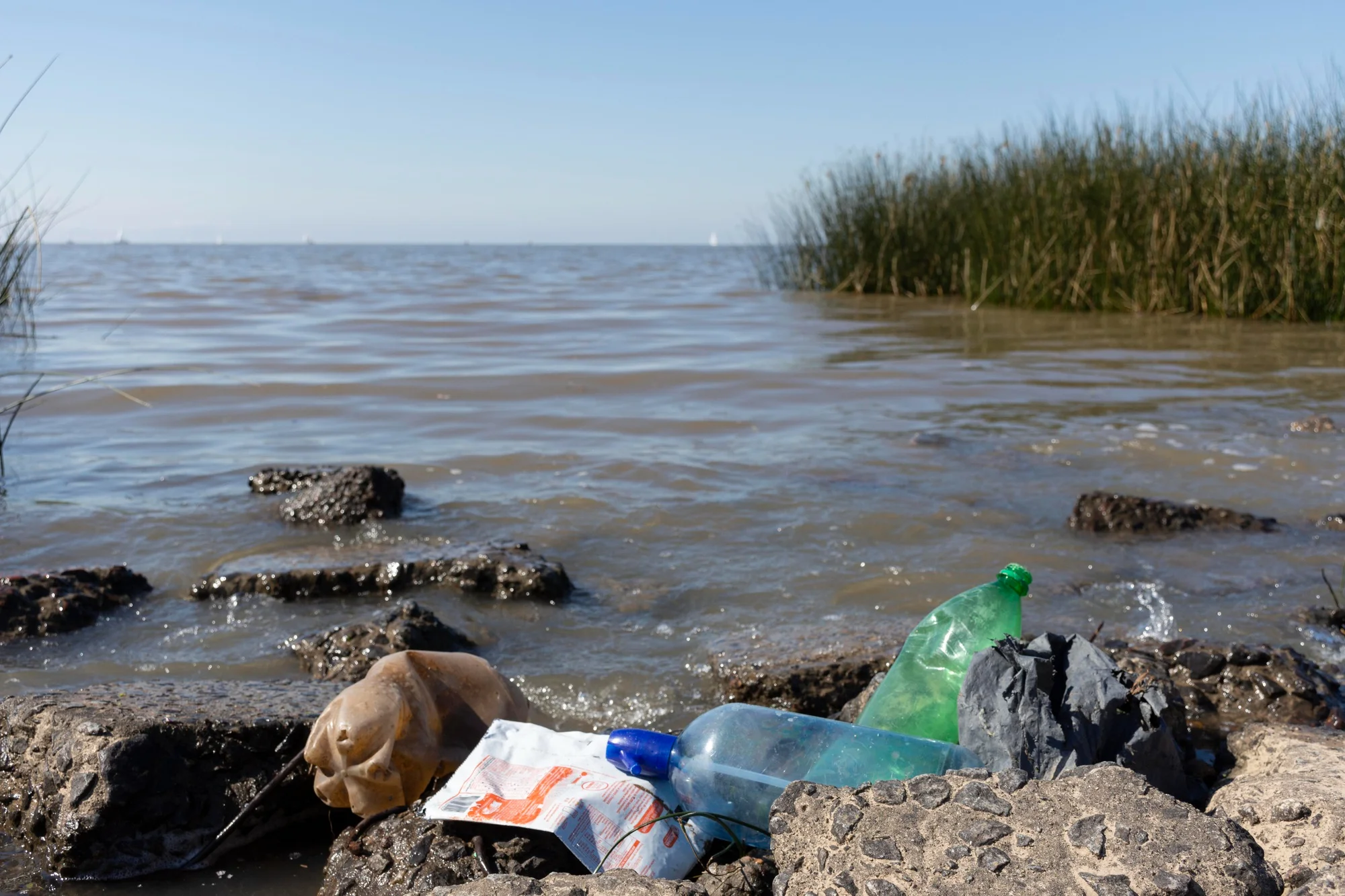In recent environmental research published on January 17, 2024, in “The Science of the Total Environment,” a team of experts led by Lin Wei of the Guangdong-Hong Kong Joint Laboratory for Water Security at Beijing Normal University, Zhuhai, has unveiled groundbreaking findings concerning the influence of microplastics on the bioaccumulation of polychlorinated biphenyls (PCBs) in tilapia. The study, entitled “Size-dependent vector effect of microplastics on the bioaccumulation of polychlorinated biphenyls in tilapia: A tissue-specific study” (DOI: 10.1016/j.scitotenv.2024.170047), brings forth a comprehensive analysis of how microplastics facilitate the transfer of these hazardous substances into aquatic organisms, potentially leading to adverse health effects in both wildlife and humans.
Microplastics have been a growing concern due to their ubiquitous presence in aquatic environments and their potential role as vectors for hydrophobic organic contaminants (HOCs), like PCBs. These contaminants, known for their persistence and propensity to bioaccumulate, pose significant risks to aquatic life and ecosystems.
The study’s primary objective was to understand the size-dependent effect that different microplastics have on the accumulation of PCBs in various tissues of tilapia (Oreochromis mossambicus), a species commonly used in aquaculture. Using a passive dosing device to simulate environmental exposure, researchers examined the impact of 1 mm and 2 μm polystyrene (PS) microplastics at concentrations of 2 and 5 mg L-1. These sizes were selected based on the biological feeding behaviors of tilapia and represent particles that can be readily ingested by the species.
The experiment was meticulously designed to mimic natural ingestion and exposure conditions. The research discovered that the accumulation of PCBs in tilapia tissues was significantly influenced by the size of the microplastics, with the smaller 2 μm particles causing greater bioaccumulation. This illustrates that not only do microplastics act as carriers for toxic substances, but their size is a critical factor determining the extent of their impact.
Tissue analysis further revealed that the bioaccumulation of PCBs in tilapia was heterogeneous, with certain organs displaying higher concentrations than others. This discovery has important implications for both aquatic organism health and human consumption, as different types of fish tissue are consumed as food.
The study’s findings are consistent with the notion that microplastics, increasingly found in water bodies worldwide, represent a significant threat to aquatic species. As microplastic pollution continues to rise unabated, the potential for PCB accumulation in commercial fish species could have far-reaching effects on global food safety and public health.
In conducting their rigorous in vitro simulations and employing mass transfer kinetics and physiologically based toxicokinetic (PBTK) models, the authors neither disclosed any competing financial interests nor personal relationships that could have appeared to influence the work reported in this article.
The research thus has substantial implications for environmental policy, waste management practices, and food safety regulations, potentially driving efforts to reduce microplastic pollution and mitigate its toxicological impact on aquatic ecosystems and human health.
For the broader audience, including policymakers, environmentalists, and public health officials, this study offers compelling evidence and a clarion call to action to address the microplastic pollution crisis with urgency and attention to detail—especially given the intricate relationship between microplastic particle size and the bioaccumulation of persistent organic pollutants like PCBs.
References
1. Wei, L., Zhongshu, W., Yili, W., Ruifen, J., & Gangfeng, O. (2024). Size-dependent vector effect of microplastics on the bioaccumulation of polychlorinated biphenyls in tilapia: A tissue-specific study. Science of The Total Environment, 170047. https://doi.org/10.1016/j.scitotenv.2024.170047
2. Koelmans, A. A., Nor, N. H. M., Hermsen, E., Kooi, M., Mintenig, S. M., & De France, J. (2019). Microplastics in freshwaters and drinking water: Critical review and assessment of data quality. Water Research, 155, 410-422.https://doi.org/10.1016/j.watres.2019.02.054
3. Rochman, C. M., Browne, M. A., Halpern, B. S., Hentschel, B. T., Hoh, E., Karapanagioti, H. K., … & Thompson, R. C. (2013). Policy: Classify plastic waste as hazardous. Nature, 494(7436), 169-171. https://doi.org/10.1038/494169a
4. Lohmann, R. (2017). Microplastics Are Not Important for the Cycling and Bioaccumulation of Organic Pollutants in the Oceans—But Should Microplastics Be Considered POPs Themselves? Integrated Environmental Assessment and Management, 13(3), 460-465.https://doi.org/10.1002/ieam.1914
5. Barboza, L. G. A., Vethaak, A. D., Lavorante, B. R. B. O., Lundebye, A. K., & Guilhermino, L. (2018). Marine microplastic debris: An emerging issue for food security, food safety and human health. Marine Pollution Bulletin, 133, 336-348. https://doi.org/10.1016/j.marpolbul.2018.05.047
Keywords
1. Microplastics Tilapia Bioaccumulation
2. PCBs Aquatic Toxicology
3. Size-dependent Microplastic Effects
4. Tissue-specific Contaminant Accumulation
5. Polystyrene Microplastics PCBs
